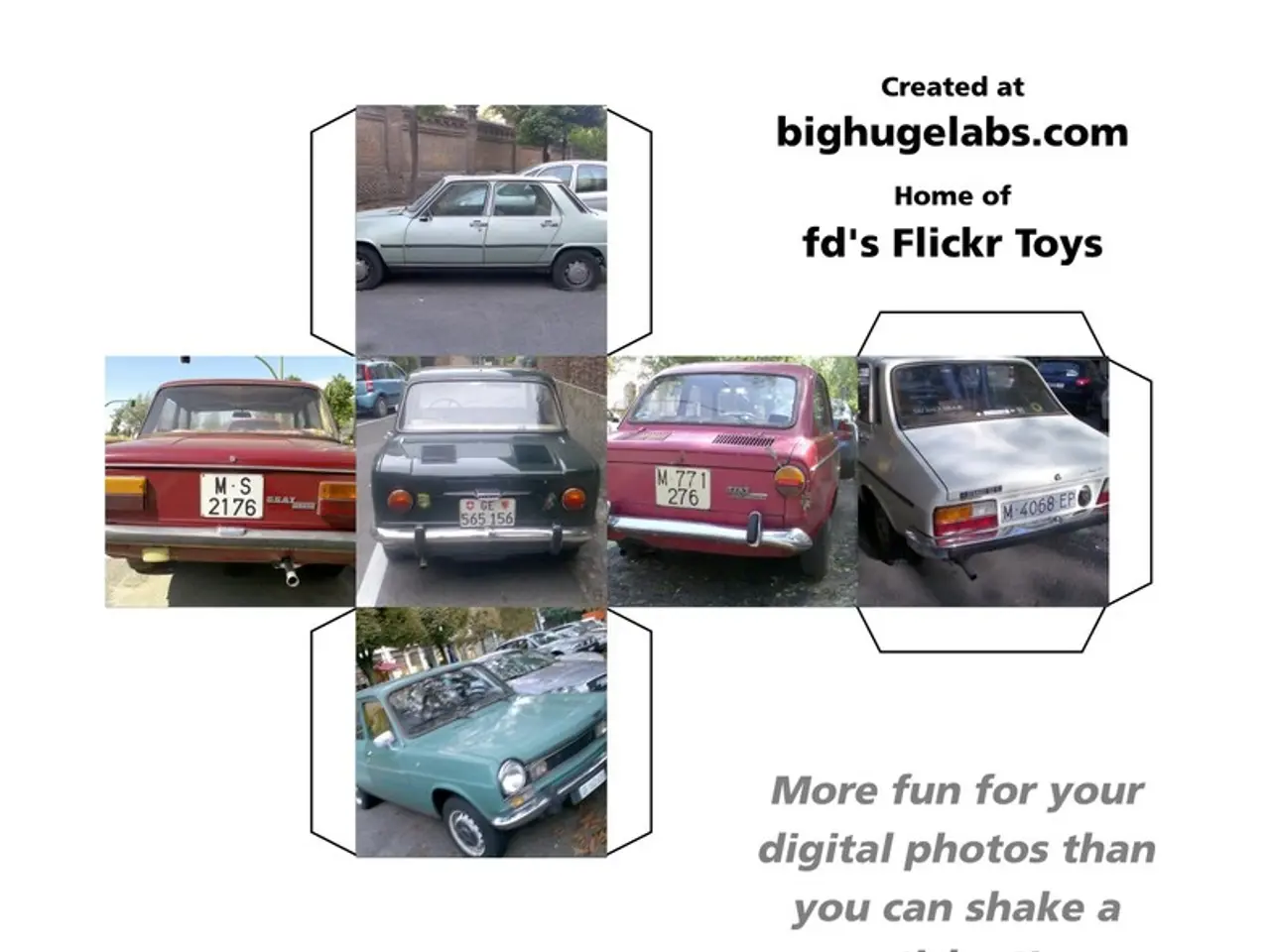EU at Crossroads: Zero-Emission Targets Could Boost Jobs and Economy
The European Union is at a crossroads in its pursuit of a zero-emissions automotive future. Maintaining its ambitious targets could bring significant economic and employment benefits, while weakening them may lead to substantial losses in the value chain's contribution and job cuts.
By 2035, sticking to the EU's zero-emissions target could preserve current job levels in the automotive value chain and even create new ones. Over 100,000 jobs in battery production and 120,000 in the charging sector could be generated. Additionally, the EU could produce up to 900 GWh of batteries annually and the charging sector's economic output could reach 79 billion euros.
However, failing to maintain the target and implement comprehensive industrial policies could result in a 90 billion euro decrease in the automotive value chain's economic contribution. Over one million jobs could be lost, and two-thirds of planned battery investments could be at risk. The EU's automotive industry could produce 16.8 million cars per year by 2035 if it sticks to the clean vehicle target, but this could be jeopardized by a weakened target.
To secure its leadership in electric vehicles, batteries, and charging infrastructure, the EU is considering several industrial policy measures. These include the 2Zero Partnership, CCAM Partnership, BATT4EU Partnership, and the establishment of alliances like ECAVA. New industrial policies, such as electrification targets for corporate fleets and support for EU-made cars and batteries, could further boost domestic EV production and contribute to an 11% increase in the automotive value chain's economic contribution by 2035.
Maintaining the EU's zero-emissions target and enacting supportive industrial strategies could bring substantial economic and employment benefits to the automotive industry. However, weakening the target could lead to significant job losses and economic losses. The EU must now decide on the best course of action to secure its leadership in the electric vehicle sector.
Read also:
- Industrial robots in China are being installed at a faster rate than in both the United States and the European Union, as the global market for these robots faces a downturn.
- Galvanize Unveils $1.3 Billion Plan to Fund the Energy Sector's Evolution Pathway
- EAFO Research Uncovers Crucial Elements in Electric Vehicle Adoption within the EU
- Excess Solar Energy in the Grid: Challenges for Photovoltaic System Owners








